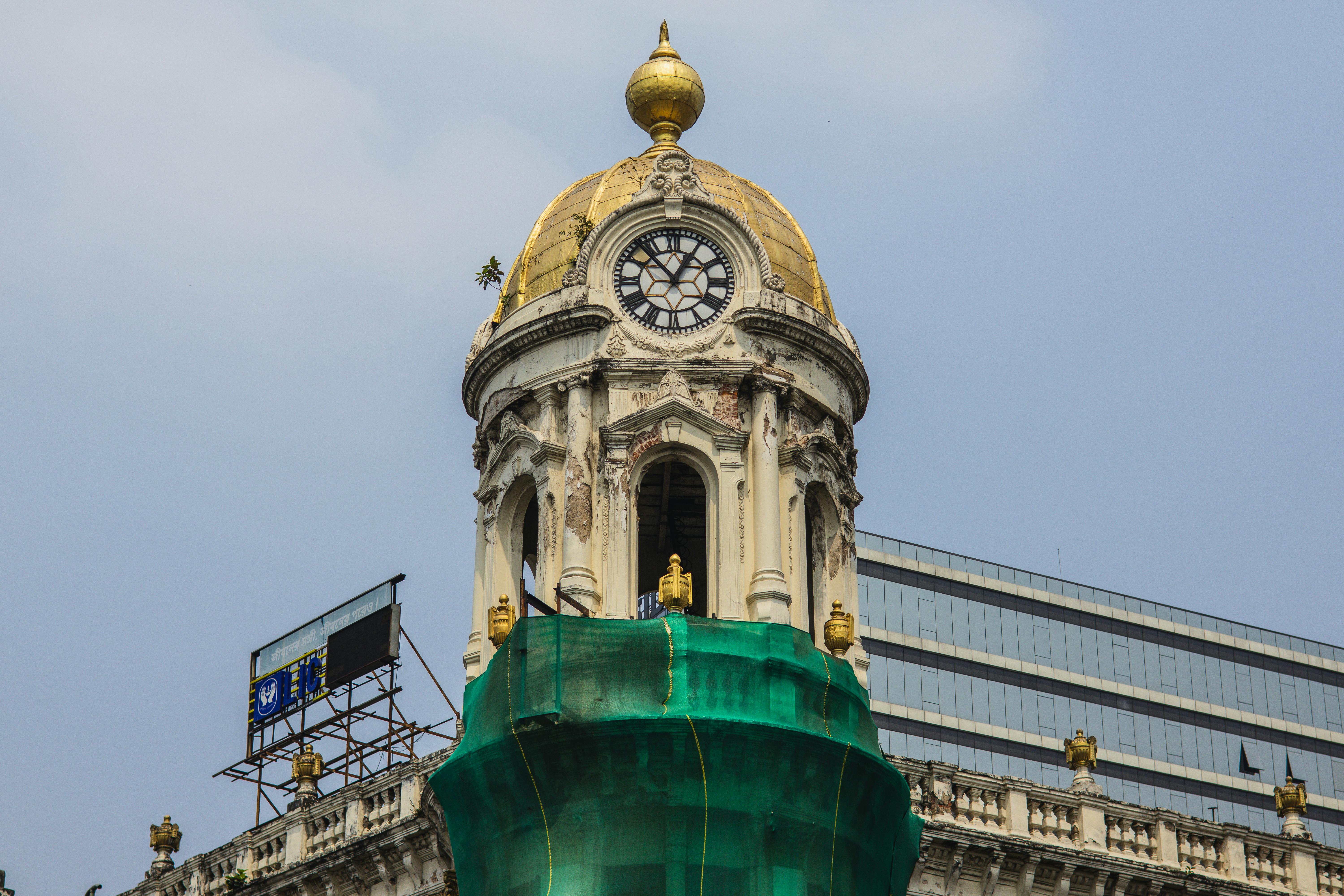When a building’s elevators start showing their age — whether it’s sluggish doors, more frequent outages, rising maintenance costs, or an outdated appearance — property teams face a pivotal decision: Should you modernize what’s there, or opt for a complete replacement? With compliance, tenant experience, and ROI on the line, there’s a lot at stake. We’re here to walk you through the key questions and real-world evaluation process we use at Kaiser Elevator to help owners, asset managers, and consultants make the smartest choice for their properties.

Understanding Elevator Modernization and Full Replacement
Before you can confidently decide, it’s important to crystallize what “modernization” and “replacement” actually mean in the vertical transportation world, and how those paths differ in value for different building types.
What is Elevator Modernization?
Modernization involves selectively upgrading critical elevator components, such as controllers, door operators, cabs, safety interlocks, and user interfaces (hall stations, interior panels). The existing shaft, rail system, and sometimes even main machinery remain in place if they’re structurally sound. The aim? Enhance reliability, bring systems up to code, and renew the rider experience without the extensive cost and disruption of a full removal.
- Targeted approach: Focuses on performance “pain points” — controls, doors, interiors.
- Minimized disruption: Smaller construction window compared to replacement. Elevator can often be back in service within weeks rather than months.
- Code compliance: Brings legacy systems in line with current safety, fire, and accessibility codes.
- Value engineering: Maximizes what you can reuse — ideal if main structure is sound.
What is Full Elevator Replacement?
Replacement means a complete system swap. Everything — machinery, controls, cab, entrances — is stripped out and replaced with all-new equipment designed to today’s latest standards and building technologies.
- End-to-end solution: Required when old equipment is at end-of-life or fundamentally obsolete.
- Highest ROI lifespan: Modern systems deliver 20–30+ years of reliable service when properly maintained.
- Major disruption: Extended downtime, potential shaft modification, and more disruption to tenants.
- Blank slate: Opportunity to reconfigure for higher speeds, capacity, or advanced controls (such as destination dispatch).
When is Modernization the Right Call?
From our experience at Kaiser Elevator, modernization delivers the best bang for your buck in these scenarios:
- The core structure (rails, shaft, mainframe) is sound and not at risk for major repairs.
- Most failures are linked to specific components (like controls, door operators, or interiors).
- Elevator is generally between 15-25 years old, with some systems still serviceable but increasingly outpaced by code, ADA, or performance standards.
- You need to minimize downtime and tenant disruption — for example, in high-occupancy commercial properties and hospitals.
Done right, modernization can boost system reliability and add another 10–15 years of serviceable life. It’s especially attractive when budgets are tight or a broader building repositioning is still a few years out.

Typical Modernization Upgrades
- New microprocessor controllers with energy-efficient drives and secure diagnostics
- Refitted door equipment that improves speed, noise profile, and safety
- Cab refresh: premium finishes, LED lighting, improved ventilation, and accessibility features
- Enhanced safety gear, including better interlocks, alarm systems, and backup power relays
- Integration with building automation and security systems for smarter vertical transport
For a detailed look at modernization cost factors and code implications, check our blog on key considerations for elevator modernization in commercial buildings.
Modernization Cost Range
- Cab updating (aesthetics): $3,000 – $15,000 per car
- Major controls renovation (complete system): $100,000 – $200,000 per car
- Additional upgrades for energy efficiency or code compliance may require extra investment, but often deliver recurring cost savings
When Should You Replace the Elevator Entirely?
Replacement is a strategic move when modernization alone can’t address the root issues — or when your goals extend beyond preservation toward total transformation. It’s usually the right decision if:
- The elevator is 25+ years old, with recurring critical hardware failures and obsolete components
- Safety, ride quality, and uptime fall short of modern expectations even after basic retrofits
- Existing structures or rails are showing age-related instability and need re-engineering for code/safety
- The building is being repositioned (such as converting a Class B office to luxury residential) and you want a clean start for aesthetics and technology
- Parts for the current system are impossible or cost-prohibitive to source, threatening future downtime
Replacement Cost Range
- Standard traction or hydraulic replacement: $150,000 – $350,000 per car, depending on building height and scope
- Complex or high-rise projects, or custom cabs: $300,000 – $500,000+
- Replacement projects may carry additional downtime and require close coordination with all building stakeholders
Key Decision Factors: Modernization or Replacement?
Here’s how to compare the two options side by side, based on what we’ve seen drive value (or headaches) for different property types:
| Factor | Modernization | Full Replacement |
|---|---|---|
| Typical Age/Condition | 15–25 yrs, structure sound | 25+ yrs, major issues/obsolete |
| Lifespan Added | 10–15 years | 20–30+ years |
| Disruption | Low to moderate (weeks) | High (months, full shutdown possible) |
| Regulatory Compliance | Targets gaps, especially controls/safety | Full code/ADA compliance |
| Energy Efficiency | Improves with newer drives/LED | Maximized with new machine tech |
| Tenant Experience | Improved speed/interior, moderate comfort gains | Major ride quality and user interface upgrade |
| Long-Term Cost Control | Reduces repairs, extends system life | Lowest total cost over 25+ yrs |
Step-by-Step: Evaluating Your Building’s Elevator Situation
Here’s our process at Kaiser Elevator, designed for owners and managers eager for confidence in their upgrade investments:
- Performance and Reliability Audit
Review maintenance logs, downtime incidents, and call-out frequency for your current system. Are issues isolated or systemic? - Physical Assessment by Qualified Pros
Conduct a thorough site walk and compliance review, including controls, machinery, cabs, and safety features. Document aging infrastructure and code gaps. - Clarify Your Project Drivers
What’s most important: maximizing uptime, repositioning asset value, fighting rising costs, or tenant experience? - Run a Lifecycle Cost Analysis
Don’t just look at upfront price — evaluate total ownership costs, including repairs, lost rent during outages, and future code compliance. - Get Apples-to-Apples Quotes
Compare capital cost, timeline, features, and operational impact for both modernization and full replacement. Be wary of “mystery scope” or vague project outlines. - Plan for Building Disruption
Assess when and how elevator work fits with other renovations or occupancy schedules — and what mitigation (like phased shutdowns or temporary lifts) is possible. - Pick a Specialist, Not a Generalist
Engage a partner who lives and breathes vertical transportation, has deep code knowledge, and can provide references for similar age/type projects.
You might also find value in our breakdown of elevator safety code updates for 2025 as you consider compliance as a decision driver.
Special Considerations: Beyond the Basics
- Project Timing: Modernizations are usually faster and less disruptive, making them an attractive option for residential high-rise or multi-tenant buildings with little installation “slack”. In contrast, a major repositioning might justify the disruption of a full replacement if the reward is a dramatic asset value increase.
- Energy Efficiency: New drives, controls, and regenerative systems can meaningfully lower energy costs — another reason to look beyond just initial price when evaluating options.
- Future Flexibility: Modernized controllers and integration can enable features like access control interfaces, IoT-based remote monitoring, or even touchless call systems for improved health and wellness in public transit areas.
The Kaiser Elevator Approach
At Kaiser Elevator, our goal is to be your trusted resource from the very start. Here’s what we bring to the table:
- Meticulous system audits with a clear, actionable report outlining upgrade options
- Full transparency on costs, schedules, and risk factors associated with each path
- Value-engineered modernization packages crafted to maximize performance, reliability, and aesthetic improvements at the lowest life-cycle cost
- Full compliance with all applicable local, state, and federal codes, including ADA and NYC-specific requirements
- Long-term support and maintenance — including 24/7 emergency response — to keep your upgraded or new systems running optimally year after year
Ready for Insight, Not Sales Pressure?
Choosing between elevator modernization and full replacement is all about your operating goals, building condition, and future plans. We’ve helped office towers, multifamily buildings, hotels, schools, and even hospitals navigate this critical choice for decades.
If you want a pragmatic assessment tailored to your building’s reality — not just a one-size-fits-all answer — our team is ready to help.
Get in touch for a no-obligation modernization vs. replacement evaluation, and let’s future-proof your vertical transportation together: Kaiser Elevator.

